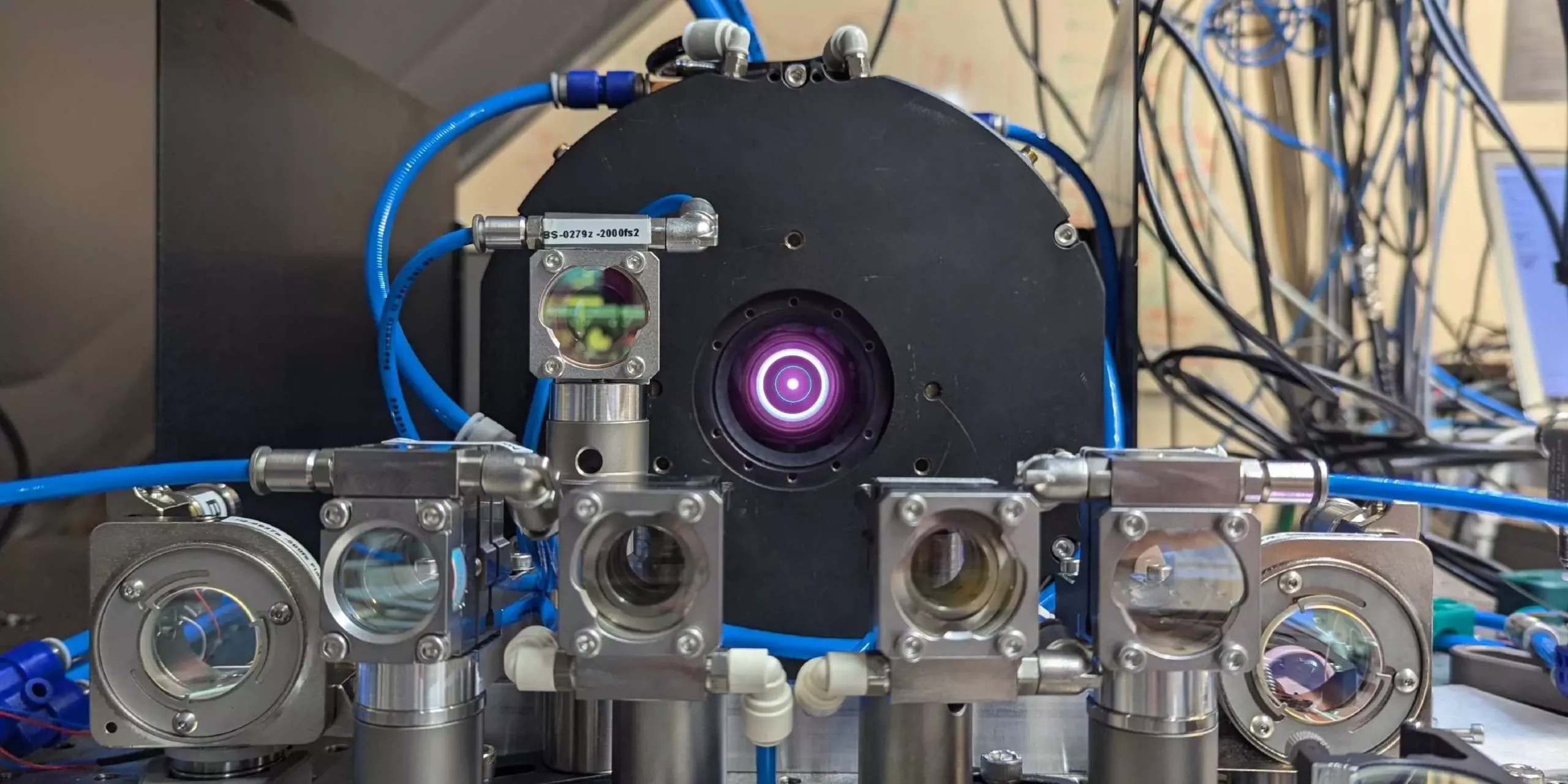When one hears the term “laser,” the immediate visualization is typically that of a focused, continuous beam of light. However, the field of laser technology is far richer and more complex than this simplistic image suggests. Scientists and industries frequently seek lasers that emit short, intense pulses of light, making it possible to witness incredibly rapid processes, sometimes occurring in the attosecond range—a duration so small that it measures one quintillionth of a second. A team from ETH Zurich, led by Professor Ursula Keller, has achieved unprecedented advancements in this domain, setting a new record in laser pulse generation that could spell significant implications for both scientific research and industrial applications.
The researchers at ETH Zurich have recently announced a monumental breakthrough in laser pulse technology. Achieving an average power output of 550 watts represents a staggering 50% increase over the previous record. This achievement elevates these laser pulses to a level of power and efficiency previously unseen in laser oscillators. These newly developed pulses are not only powerful—reaching peak intensities near 100 megawatts—but they also possess an astonishing brevity, lasting less than one picosecond, all while being produced at a rapid frequency of five million pulses per second.
The methodology of Keller’s research group, known for its two-and-a-half-decade dedication to enhancing short-pulsed disk lasers, has culminated in this breakthrough. By utilizing a thin disk (only 100 micrometers thick) embedded with ytterbium atoms, the researchers have modified traditional approaches to pulse generation, leading to pronounced increases in both stability and output power.
Keller’s team encountered numerous technical challenges while striving to amplify the power of their short-pulsed lasers. Past struggles included equipment malfunctions and physical damages to components, which initially hindered progress. However, each setback served as an opportunity for insight, yielding knowledge that improved the reliability of the lasers—a crucial factor for the industrial applications these lasers are employed in.
As highlighted by Ph.D. student Moritz Seidel, the team achieved their success through two groundbreaking modifications in the laser design. The first is an innovative arrangement of mirrors allowing the light to traverse across the disk multiple times before being emitted. This clever configuration provides a significant amplification of light without compromising stability.
The second innovation centers around the SESAM (Semiconductor Saturable Absorber Mirror), a concept pioneered by Keller three decades ago. SESAM-based mirrors adjust their reflectivity based on light intensity; they not only enhance the light but also facilitate the transition from continuous to pulsed laser output. This technology is crucial because it efficiently captures and concentrates light, allowing energies to be compacted into shorter time frames, thus producing high-intensity pulses.
The ramifications of Keller’s team’s ability to generate such powerful and brief laser pulses extend far beyond laboratory demonstrations. The potential applications include the development of high-precision clocks and new frequency combs operating in the ultraviolet to X-ray spectrum. Keller has expressed the ambitious goal of demonstrating variations in so-called “natural constants,” which could redefine scientific understanding in the field.
Moreover, the laser system can yield terahertz radiation, a form of light with broader wavelengths that may have applications ranging from material testing to medical imaging. These innovations suggest that the methodologies developed at ETH Zurich could lead to more accurate measurements and heightened sensitivity in experimental physics and engineering applications.
The advancements brought forth by the ETH Zurich research team highlight a paradigm shift from traditional amplifier-based laser systems to oscillator systems that promise greater efficiency and performance. As Ursula Keller aptly puts it, this breakthrough not only showcases the viability of laser oscillators but also heralds a new era in laser technology—a technology poised to impact various scientific disciplines and practical applications. As these powerful laser pulses are harnessed and refined, we can expect significant strides in our understanding of time-sensitive phenomena and material interactions, reaffirming the importance of innovation and perseverance in scientific research.


Leave a Reply